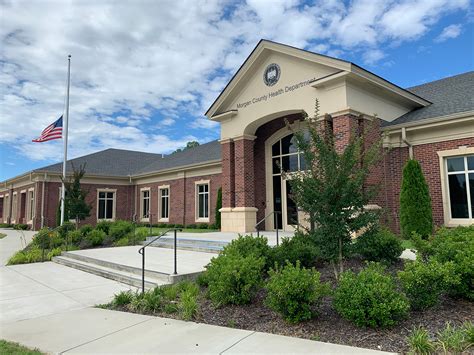Meteorologists Forecast Weather

Introduction to Meteorology
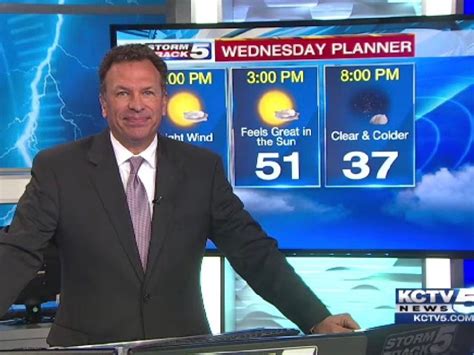
Meteorologists are scientists who study the Earth’s atmosphere, focusing on weather and climate. Their primary role is to forecast the weather, which involves analyzing data from various sources, including satellite images, radar, and weather stations. By understanding the dynamics of the atmosphere, meteorologists can predict weather patterns, storms, and other phenomena that affect our daily lives. Weather forecasting is a crucial aspect of meteorology, as it helps us prepare for and respond to severe weather events, such as hurricanes, tornadoes, and blizzards.
Methods of Weather Forecasting
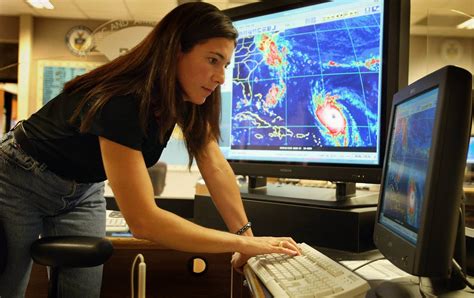
Meteorologists use a variety of methods to forecast the weather, including: * Analyzing satellite images and radar data to track cloud patterns and precipitation * Collecting data from weather stations and weather balloons to measure temperature, humidity, and wind speed * Using computer models to predict future weather patterns * Studying climate trends and patterns to understand long-term weather phenomena * Collaborating with other meteorologists and researchers to share data and expertise
These methods allow meteorologists to forecast the weather with increasing accuracy, helping us to plan our daily activities and make informed decisions.
Tools and Technologies
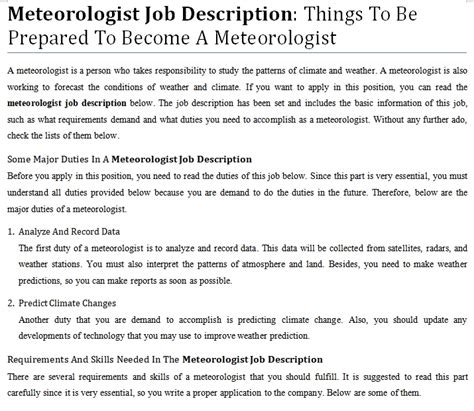
Meteorologists rely on a range of tools and technologies to collect and analyze data, including: * Satellite imaging: Satellites in orbit around the Earth provide high-resolution images of cloud patterns, precipitation, and other weather phenomena. * Radar: Radar systems use radio waves to detect precipitation and other weather phenomena, providing detailed information about weather patterns. * Weather stations: Weather stations on the ground collect data on temperature, humidity, wind speed, and other factors, providing valuable information about local weather conditions. * Computer models: Computer models use complex algorithms and data from various sources to predict future weather patterns, allowing meteorologists to forecast the weather with increasing accuracy.
These tools and technologies are essential for meteorologists, enabling them to collect and analyze large amounts of data and make accurate predictions about the weather.
Applications of Meteorology
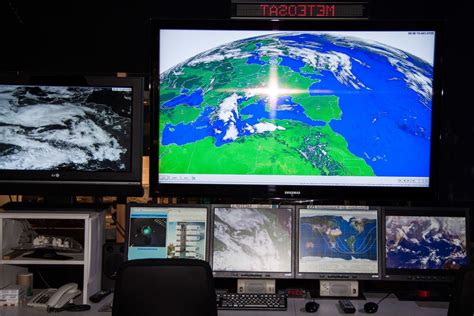
Meteorology has a wide range of applications, including: * Weather forecasting: Meteorologists forecast the weather to help us prepare for and respond to severe weather events. * Climate research: Meteorologists study climate trends and patterns to understand long-term weather phenomena and the impacts of climate change. * Agriculture: Meteorologists provide information about weather patterns and climate trends to help farmers and agricultural planners make informed decisions. * Aviation: Meteorologists provide weather forecasts and warnings to help pilots and air traffic controllers navigate safely. * Emergency management: Meteorologists work with emergency managers to respond to severe weather events and provide critical information about weather patterns and forecasts.
These applications demonstrate the importance of meteorology in our daily lives, from forecasting the weather to understanding climate trends and patterns.
Challenges and Opportunities
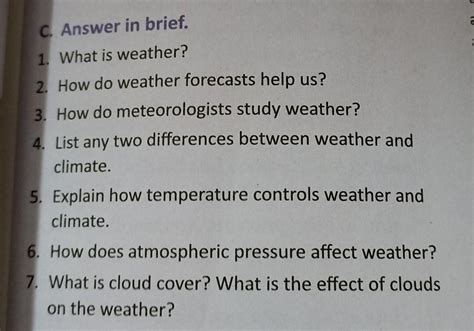
Meteorology is a complex and dynamic field, with many challenges and opportunities, including: * Improving forecasting accuracy: Meteorologists are working to improve the accuracy of weather forecasts, using new technologies and methods to analyze data and predict future weather patterns. * Understanding climate change: Meteorologists are studying climate trends and patterns to understand the impacts of climate change and develop strategies for mitigating and adapting to these changes. * Communicating weather information: Meteorologists are working to communicate weather information effectively, using social media, television, and other channels to reach the public and provide critical information about weather patterns and forecasts.
These challenges and opportunities highlight the importance of meteorology in understanding and predicting the weather, and the need for continued research and development in this field.
💡 Note: Meteorologists play a critical role in forecasting the weather and understanding climate trends and patterns, and their work has a significant impact on our daily lives.
As we continue to develop new technologies and methods for forecasting the weather, we can expect to see improvements in the accuracy and reliability of weather forecasts. This will enable us to make more informed decisions about our daily activities and respond more effectively to severe weather events.
In summary, meteorologists forecast the weather using a variety of methods and tools, and their work has a wide range of applications, from weather forecasting to climate research and emergency management. As we look to the future, we can expect to see continued advances in meteorology, enabling us to better understand and predict the weather, and make more informed decisions about our daily lives.
What is meteorology?
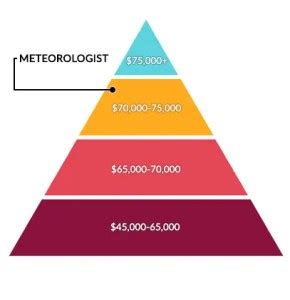
+
Meteorology is the scientific study of the Earth’s atmosphere, focusing on weather and climate.
How do meteorologists forecast the weather?
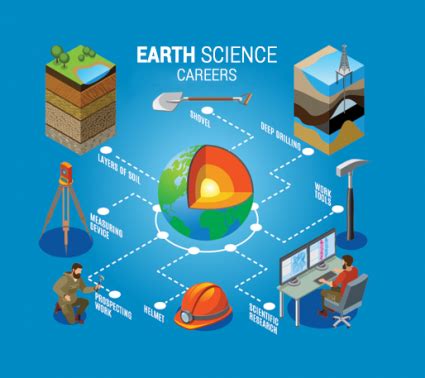
+
Meteorologists use a variety of methods, including analyzing satellite images and radar data, collecting data from weather stations, and using computer models to predict future weather patterns.
What are some applications of meteorology?

+
Meteorology has a wide range of applications, including weather forecasting, climate research, agriculture, aviation, and emergency management.
Related Terms:
- A meteorologist
- A meteorologist job
- A meteorologist job description
- nws meteorologist job description
- what do meteorologists do brainly
- meteorologist salary
